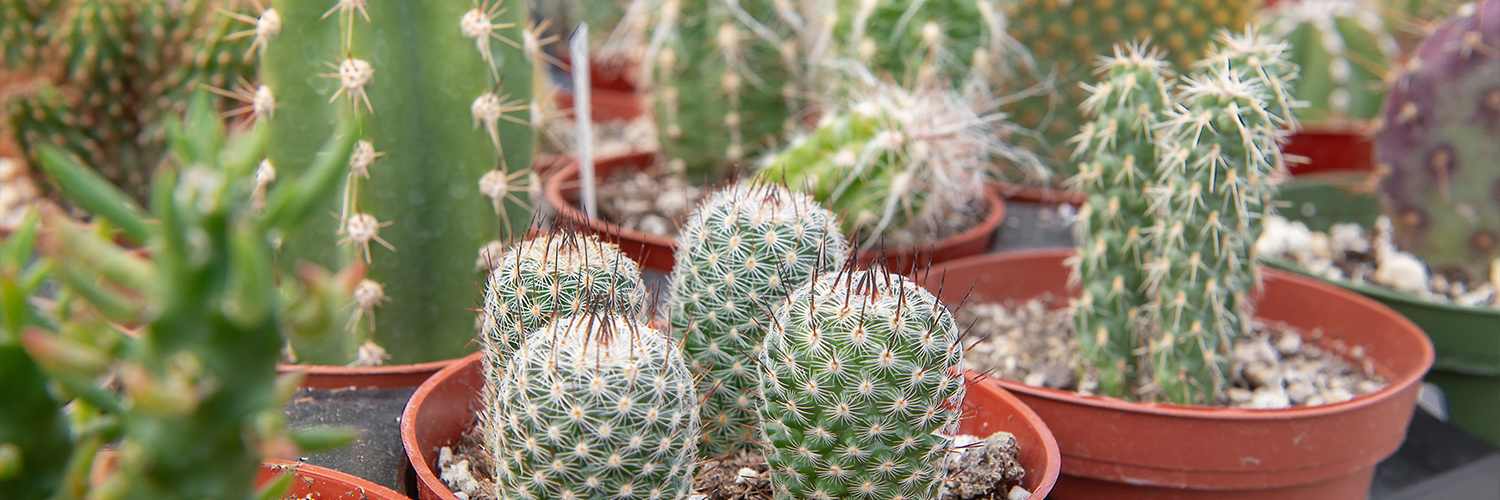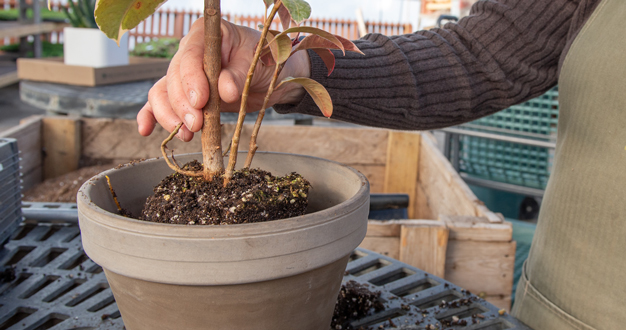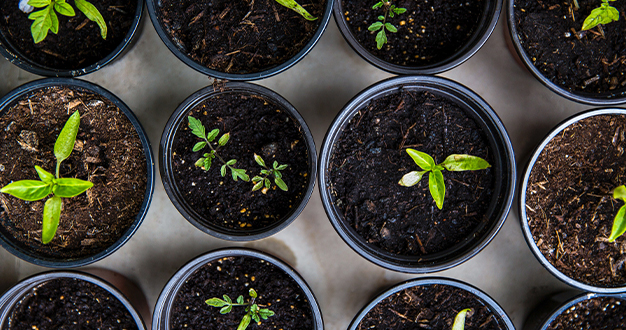
Have you ever stopped to think just how strange cacti really are? They’re plants, but they don’t seem to have any leaves. They’re green and fleshy, but they live where it hardly rains. They sometime have hair, bizarre shapes, and painfully sharp spines.
But is being a cactus just about being weird and spiny? Are there other special features that set them apart from the rest of the plant kingdom? And when you go looking for a new one for your collection, how do you tell which type is what? All great questions – and here, we explore the answers.
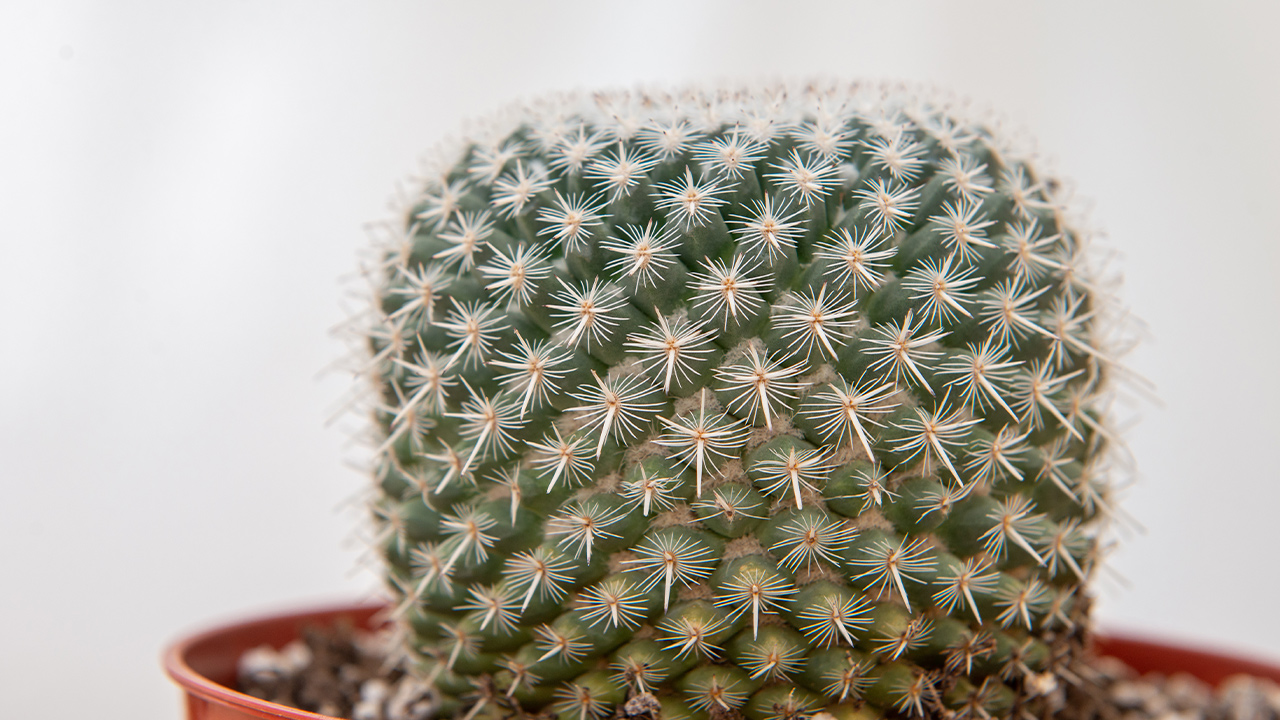
What Makes a Cactus?
Simply put, a cactus is one of about two thousand species of highly variable, drought-tolerant plants in the family Cactaceae. Cacti are almost entirely native to the western hemisphere with species living from Canada to the tip of South America. Adapted to survive in dry habitats, everything we find strange about a cactus is an adaptation designed to either store water or prevent moisture from getting away.
Take the “body” of a cactus for example. It’s really an enlarged, photosynthetic stem. The stem often has pleats or pronounced ribs that allow it to expand and contract – something like an accordion – to absorb and hold water. Scattered across the stem are bumps called areoles – a defining feature that only cacti share and the place where the spines grow. Botanically speaking, you can think of an areole as a highly reduced version of a branch. Less surface area means less evaporation. And you might be surprised that the spines themselves are actually modified leaves – reduced to prevent water loss and sharp to protect the juicy stem from thirsty predators. Even the blooms of cacti conserve water. To reduce water loss through the petals, their blooms are open for just a short time – often only at night. And when it comes to the underground features, cacti tend to have fibrous and shallow roots, which help them capture as much water as possible before a brief desert downpour quickly drains away from the rocky soil.
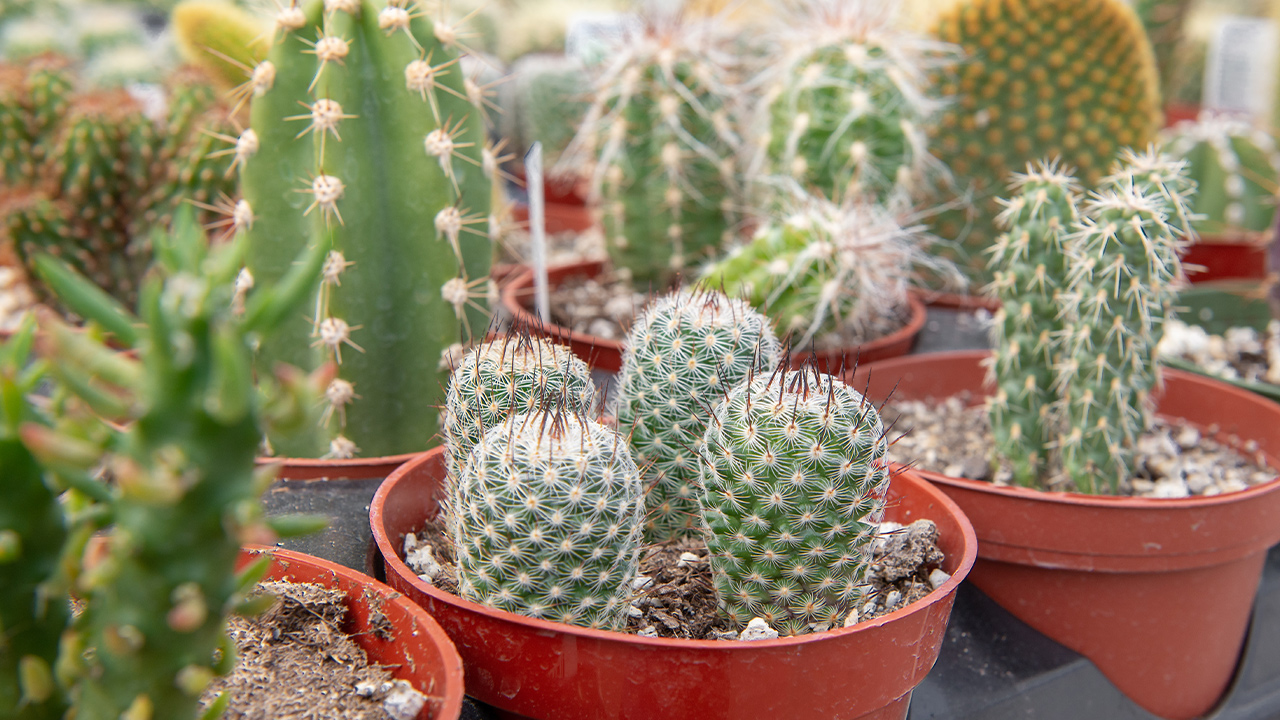
A Who’s Who of Cacti
Generally, botanists divide the family Cactaceae into three subfamilies, which are each divided into tribes, then into genera, then named species. Two of the subfamilies have countless members that have adapted well to the houseplant life, and both are represented in our collection. They’re known as Cactoideae and Opuntioideae – each with defining characteristics that you can use to tell them apart. The third subfamily, Pereskioideae, is very different than the other two – and one you’re not likely to see available for home cultivation.
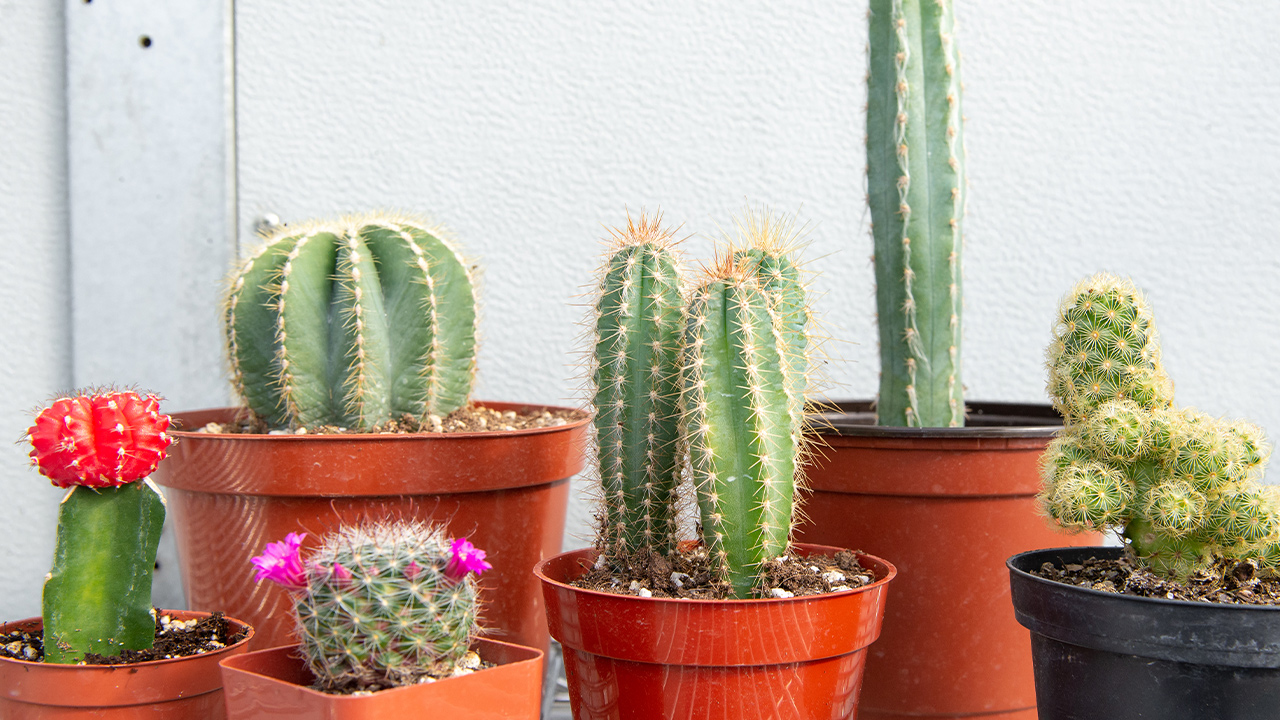
Cactoideae
Cactoideae is the largest of the cactus subfamilies – containing over eighty percent of all cactus species and a vast majority of those we enjoy as houseplants. The species in Cactoideae are often what you would describe as a “typical” cactus – mostly spherical or roundly columnar in shape and covered thickly with spines. When you’re looking through the cacti in our collection, you’ll likely find examples in the genera Mammillaria, Lemaireocereus, Cephalocerus, Espostoa, Discocactus, Notocactus, and Echinocactus.
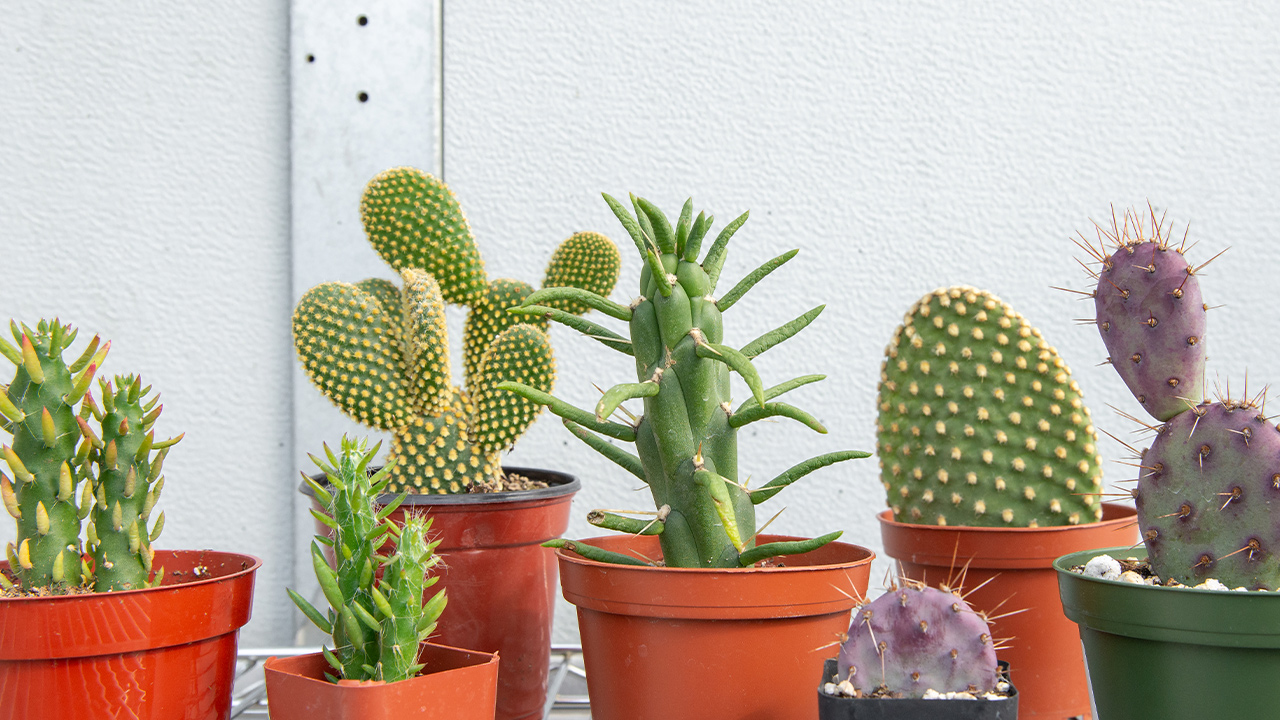
Opuntioideae
If you’ve seen the cactus known as prickly pear, then you have a good idea of the type of cacti represented in the subfamily Opuntioideae. These cacti typically have fewer, more widely spaced areoles. The spines are generally less threatening and may even be soft. In this subfamily, the stems are often divided into distinct, jointed pads called cladodes, and young plants may also have succulent, cylindrical leaves that drop as the plant ages. Examples you may see include species such as Opuntia sublata, Opuntia basilaris ‘Dwarf Rita’, and Opuntia microdasys.
Pereskioideae
Members of this small group – less than twenty species – grow as large trees, shrubs, or vines in tropical areas of South America and the Caribbean. Like other cacti, they have areoles and defensive spines. But unlike other cacti, they have woody stems, long branches, and even traditional leaves.

A Must for the Strange Plant Collection
Cacti come in so many forms that their alluring variety – with odd shapes, spines, and other unique features – make them a popular choice all over the plant-loving community. Take a walk through our Greenhouse to find a new favorite and add a little character to your own collection.

